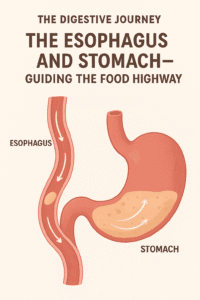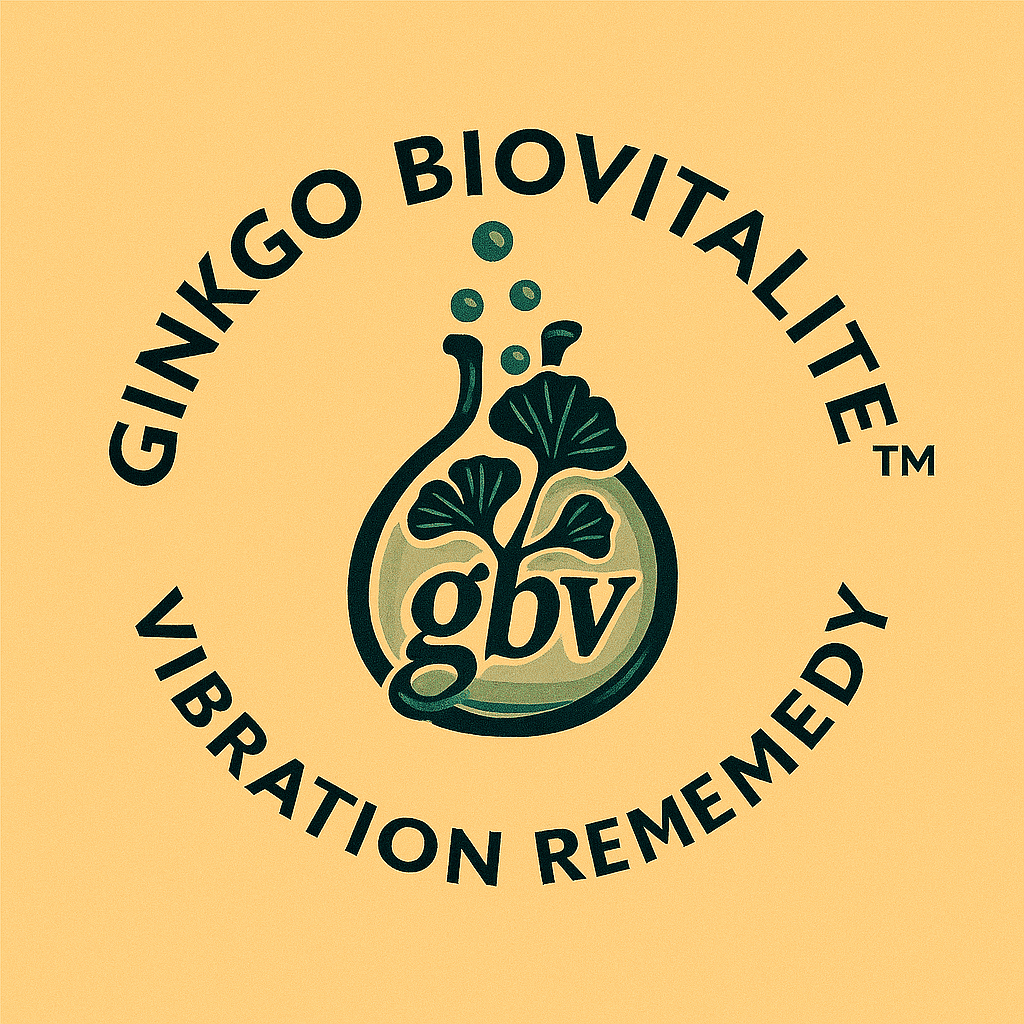
After the first crunch and the swirl of enzymes in the mouth, the next act in the digestive story unfolds deep within: the esophagus and the stomach. These two organs work as a seamless team—one directing traffic, the other breaking things down with power and precision. Though we rarely think about it, this stage is an extraordinary choreography of muscle, movement, and chemistry that keeps our internal world balanced and nourished.
Swallowing: The Reflex of Precision
Swallowing may seem automatic, but it’s one of the most complex reflexes in the human body. It involves more than 30 muscles and several nerves coordinating perfectly to move food (now called a bolus) from the mouth into the esophagus. Once the tongue pushes the bolus to the back of the throat, the epiglottis—a small flap of tissue—closes off the airway to prevent choking.
From there, food travels down the esophagus, a muscular tube about 25 centimeters long. What makes this passage remarkable is peristalsis—rhythmic wave-like contractions that propel the bolus toward the stomach regardless of body position. You could technically swallow food upside down, and it would still reach your stomach!
A study in the American Journal of Physiology (Hendricks et al., 2019) confirmed that peristaltic coordination ensures not just transport, but protection—helping to prevent reflux and irritation by maintaining proper muscular tone.
The Stomach: The Chemical Reactor of Digestion
Once food enters the stomach, it encounters one of the most acidic environments in the human body. Gastric glands lining the stomach secrete hydrochloric acid (HCl) and the enzyme pepsin, which together begin the breakdown of proteins. The acid also kills most bacteria and pathogens, making it one of the body’s most effective sterilization systems.
This stage converts the bolus into a semi-liquid substance known as chyme, which will later move into the small intestine for absorption. The stomach also produces mucus to protect its lining from the very acid it creates—a delicate balance that, if disrupted, can lead to discomfort or disease.
Disorders of the Esophagus and Stomach
Even this perfectly tuned system can face challenges. Some of the most common include:
Gastroesophageal Reflux Disease (GERD): When stomach acid repeatedly flows back into the esophagus, it can cause heartburn, irritation, and long-term damage.
Gastritis: Inflammation of the stomach lining, often linked to infection by Helicobacter pylori bacteria or excessive use of anti-inflammatory drugs.
Peptic Ulcers: Painful sores that form in the stomach or upper small intestine when the protective mucosal barrier is weakened.
A review in The Lancet Gastroenterology & Hepatology (2022) emphasized that lifestyle factors—particularly diet, stress, and smoking—play a major role in both the development and management of these conditions.
Nutrition and Hygiene Plan
Maintaining a healthy esophagus and stomach requires mindful habits and dietary care:
Eat smaller, more frequent meals to avoid overloading the stomach.
Limit acidic or spicy foods if prone to reflux (tomatoes, citrus, coffee, alcohol).
Avoid lying down immediately after eating—give at least two hours for digestion.
Prioritize foods that support mucosal health, such as bananas, oatmeal, and yogurt with probiotics.
Drink water throughout the day, but avoid excessive intake during meals to prevent diluting gastric juices.
Manage stress—research in Frontiers in Physiology (2021) shows that stress can directly influence gut acid secretion and motility.
The Bigger Picture
The esophagus and stomach are more than conduits—they are guardians of equilibrium, ensuring that what enters the body is properly prepared for the next steps in digestion. Their cooperation is a silent masterpiece of anatomy and timing. Listening to your body—eating slowly, managing stress, and respecting digestive rhythms—is one of the simplest yet most powerful ways to nurture long-term health.
⚠️ Disclaimer: This article is for informational purposes only and does not replace medical advice. For persistent digestive issues, reflux, or stomach discomfort, always consult a qualified healthcare provider.
![]() GINKGOBIOVITALITE ™ – VIBRATION REMEDY ™ Team
GINKGOBIOVITALITE ™ – VIBRATION REMEDY ™ Team
